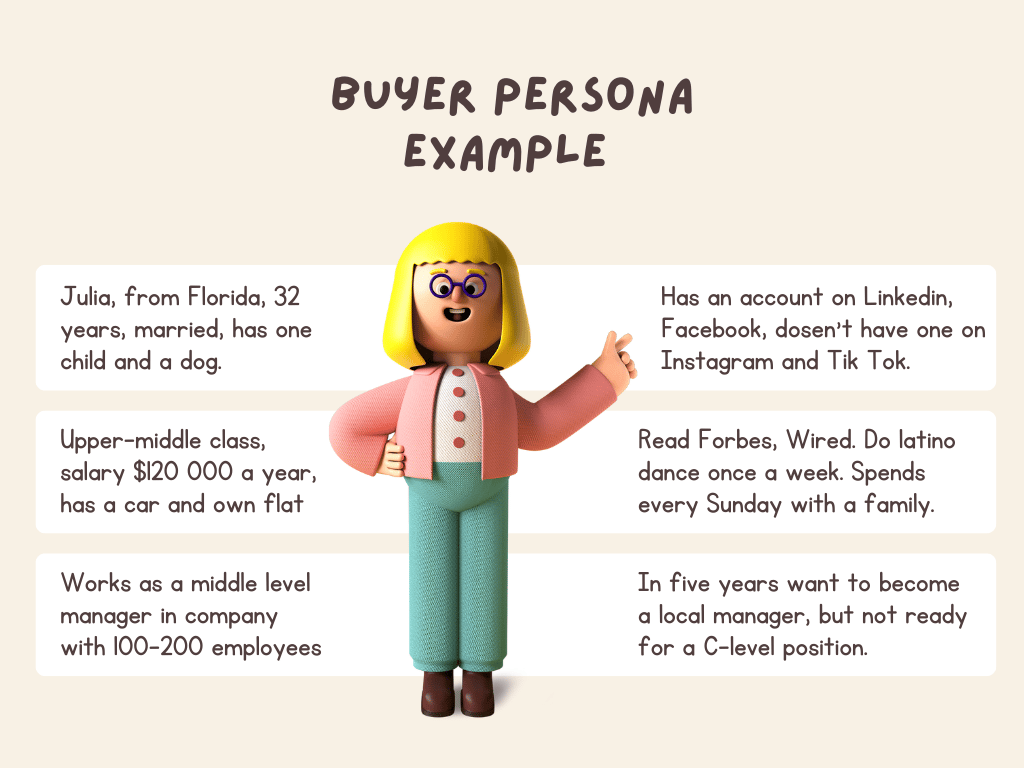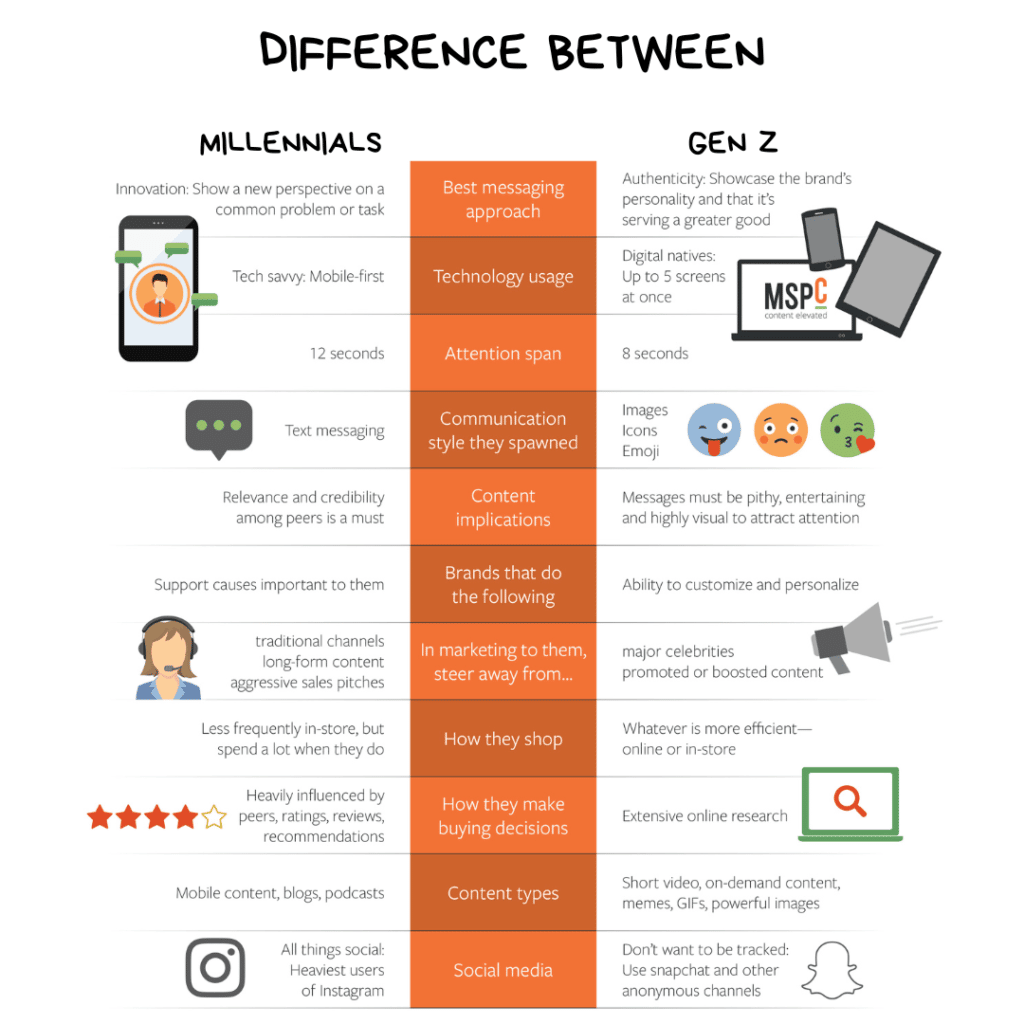Advice #321: Hire a Business Analyst to Define Your Product’s Target Audience
The idea behind your development can be stunning, but it worthless if the product will be used only by your mom. Definition of your target audience is essential not only to find your users but also for defining the right marketing strategy, which will specify the message of your product and how to sell it.
Fact
More than 3,000 apps are added to the Play Store daily. Around 80-90% lose 77% of Daily Active Users within three days after the installation. There are 6.3 billion smartphone users, and one of the keys to a successful app is understanding who among them needs your product and for what specific reasons.
You should know what your users need from your app, you should understand their social status, geography, habits, and income. Missing specific details about your audience may lead to creating a useless app. For example, this happened to the e-taxi service Hailo.
After succeeding in London with 2.5 million passengers, Hailo decided to scale and chose New York City as the next destination. Their main target was yellow cab drivers, while Uber was operating for more premium cabs. The primary tool for drivers using Hailo had to be smartphones. After worse results than expected, the company found out that, unlike London drivers, New York drivers didn’t use smartphones to get fares. They already had enough clients just riding around the city. Due to this, Hailo only earned 40.000 yellow cab drivers in New York. The app didn’t become popular among locals as well.
Last but not least, knowing your audience is helpful if you want to scale in the future. You should know what your customers will need and what potential pains you can solve.

“Some people say, “Give the customers what they want.” But that’s not my approach. Our job is to figure out what they’re going to want before they do”.
Steve Jobs, Apple CEO
Why is it important to know your target audience
Your app’s target audience should be defined even before you start hiring developers to build an actual app. First of all, it will help you to understand your product. It’s not simply about the features of your product but the value of it for your future users. A few critical questions will help you understand how to increase app downloads and make revenue; you should ask yourself: What does my project do? What is unique about my project? What are the reasons that users install my app?
Knowing your audience will assist you in conducting market research; thus, you will find out what competitors operate within your sphere, what products they offer, which of them are the most successful, and why. The research will help you learn what hardships face your competitors and develop specific insights into your target audience. The comparison will help you understand whether your offer varies from what is already in the market and how to make your product better for the users. By knowing your market, you can also get to know your audience better based on the research on social media and other channels your competitors use.
It’s also important to prioritize which platform you would use for your app – Android or iOS, depending on your target audience. Though most of the apps are available now at both, each has its interface guidelines and groups of users.
You can get such information about the financial state from smartphone usage statistics alone, as iOS users typically have higher incomes. Also, if your monetization comes from in-app purchases, iOS would be more interesting for you, but if you rely on gaining money from placing ads, choose Android.
Learning about your audience may help you predict the correct time frame where it is better to launch the app and develop a good marketing plan to make it a success. For example, the notable success of the audio, social network Clubhouse mainly relies on the time and conditions of launching in the middle of the COVID-19 pandemic, when people were seeking communication and connection with other people and online was the only way out. It allowed discussing issues with a broad audience, targeting mature and intelligent people. The app was first launched on the iOS platform, users of which have better education. The other trick they used was exclusivity. To join the community, you needed to receive an invitation from a person already using the app, which became a trigger for millennials. Another thing that made it big is that Clubhouse attracted a lot of influencers, which are a massive driving force for the target audience they have chosen: Elon Musk, Mark Zuckerberg, and Oprah Winfrey were among the celebrities who hosted conversations on Clubhouse.

Don’t forget that the UI/UX of your app will also depend on your target audience. The app’s design for a much younger audience will differ from the one for older users. Of course, certain standard features depend on the segment, but banking apps for Gen-Z and the older generations are still different. For example, a young Ukrainian e-bank, Monobank, whose audience is primarily young people, has an interactive and colorful interface with a personage, a cat, who guides you while using the app. Indeed, this is not the case for banking apps for national banks, for example. Their interface is usually strict and mainly consists of only helpful information in the form of figures and brief explanations.
While learning about your customers’ needs and pains, you can draft a roadmap to your future scalability and monetization. It will help you prioritize those features of the app to drive as many users as possible.
What to do if your existing app fails to perform (spoiler: time to get Business Analyst aboard)?
If you already have the app, you shouldn’t forget to analyze the data to determine how your audience uses it. Through this information, you can see how long and how often users interact with your app, how they engage with specific functions, and where are the stumbling point for them. Collecting the data will help you quickly figure out weak points and fix them. Also, it can give you ideas on how to improve specific features or find out what tools are a priority for your users so that you can accommodate them. Thus, it may help you decide upon the next step to increase your app’s engagement and find out how to monetize it.
If you see that your users don’t use the product the way you expected, it is time for audience research, and that may take an entirely of time and analytical skills, as well as drafting a plan of what changes should be made and in what way to implement them.
Even if you have a team of bright-minded developers, it doesn’t always mean that they can efficiently organize the process to meet the goal. Furthermore, you should count your expenses and ensure that your development process will meet the deadlines, as delays may exceed the allocated budget.
Fact
According to a McKinsey report, 45% of the IT projects go over the set budget, and 7% are delayed in time, bringing 56% less value than expected.
And here is where a business analyst may help you and take charge of the process. He is a bridge between the business and developers, who make sure that your app meets the goal in performance and monetization and meets the needs of the audience. He can give advice, through making analysis and research, on what iterations should be made to improve the product and guide the team.
How business analysts can help you target the right audience?
“The business analyst is explicitly or implicitly responsible for the successful adoption of changed processes, products, and technologies in the organization… as a business analyst, you have to understand the business community and its ability to absorb the change”, – says Steven P. Blais in his book “Business Analysis: Best Practices for Success”.
No matter what stage you are at with your app, whether you just have an idea or a ready product, a business analyst can do both – help you develop an app from scratch and offer changes to the software you already have. He performs the market research and helps what users are the actual target audience for your product. He can compare the apps present on the market to find good and bad examples through SWOT analysis and analyze your existing product features with the help AsIsToBe analysis and gap analysis to define which changes should be made.
The business analyst can initiate a strategic session to develop a new decision on business scalability. For example, at KITRUM, we had a client who worked only with B2B. Still, after analysis and a session with decision-makers, business analysts came up with expanding the target audience to B2C and the government sector, as the product the company created in the area of security would be suitable for all of those who use public computers. The specification of promoting the product in the B2B segment kept the business growing but shifting to a bigger audience boosted it.
A business analyst helps you manage all the gathered data about the target audience. It is based on the feedback of the customers provided through social media or online surveys and tracking the behavior of the customers while using the app. The amount of data and its complicated structure may be overwhelming and have to be structured.
While the delivery team is mainly focused on feature improvement, it results in little data. They may also omit to build a well-designed data structure. The impact of their modification on real-world users cannot be understood or used to guide the next version. Regardless of how you would structure your data of customers’ digital behavior, it’s the task of a business analyst to come up with the best solution for its management.
Collecting the data may reveal patterns, standard features, and trends. They may become a signal of change in the marketplace and result in insights about customers you wouldn’t come up with before the analysis. The business analyst is a pivotal figure in transferring this data from just information to knowledge, how to use it, and project what actions should be taken according to the new findings.
What else makes an app successful
The success of your app or product depends a lot on the right audience. To define it accurately, you should gather data coming from your customers’ feedback and information about them. It should be analyzed and translated into valuable knowledge with potential steps to improve.
A business analyst can help your company perform those stages and draw a clear roadmap on how to implement them within a budget and set deadlines. But the role of a business analyst is not limited only to marketing; he is also responsible for communication with stakeholders for the product to meet their requirements and plays a crucial role in the Software Development Life Cycle. He is responsible for the result and pre-sales and further interaction of the customers with the app.
All of this is crucial for the successful launch of the product and its further growth and monetization. Creating a product is just a half of the process, but maintaining its performance is even more critical if you want your business to last.



